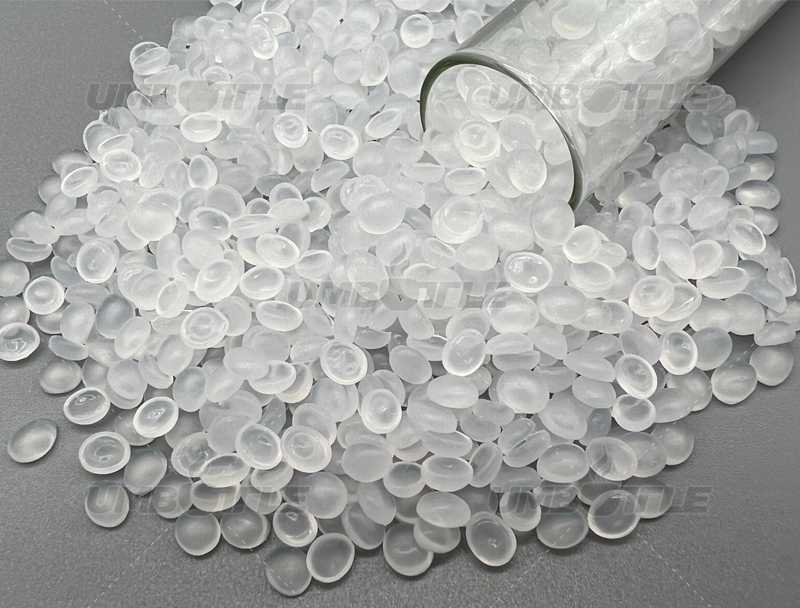What are the materials used to produce plastic water cups? PP (Part 2)
Hello everyone, "Dong Dong Talk Cup" is here. Since the last article, the editor has been preparing to do a difficult task. http://www.umbottle.com/ProductsDetail-IR-10109.htmlThe editor plans to spend some time writing down the different properties and advantages and disadvantages of the materials used to produce plastic water cups. Yesterday we shared some of the characteristics of the first plastic PP, so what other characteristics does plastic PP have?
What are the advantages of PP?
Cost efficiency: The production cost of PP is relatively low, which makes water bottles made from PP have a high cost-effectiveness in the market.
Safety: PP does not contain harmful substances and does not produce toxic gases during processing, making it a safe food contact material.
Recyclability: PP is a recyclable material that meets environmental requirements and helps reduce environmental pollution.
Transparency: PP can be made into transparent or semi transparent products, allowing users to easily observe the contents inside the cup. http://www.umbottle.com/ProductsDetail-IR-10109.htmlHowever, the transparency of PP cannot be compared to materials such as PC. Currently, the best high transparency PP materials used by various water cup factories still cannot achieve the same transparency as water cups produced from PC materials.
What are the drawbacks of PP?
Poor scratch resistance: PP surface is soft and easy to scratch, and long-term use can cause damage to the appearance.
Temperature resistance limit: Although PP has good heat resistance, it will deform if exposed to an environment exceeding its heat resistance temperature for a long time.
Poor UV resistance: PP is sensitive to UV radiation, and long-term exposure may cause material aging, brittleness, and color fading. http://www.umbottle.com/ProductsDetail-IR-10109.htmlMoreover, in environments with inappropriate humidity and temperature, water cups made of PP material may develop mold if stored for too long.
Environmental impact: Although PP is recyclable, PP products (such as disposable plastic water bottles) may still cause long-term pollution to the environment if not handled properly.
PP, as a material for plastic water bottles, has become a widely used material due to its high cost efficiency, good safety, and high transparency. However, its poor scratch resistance and limited temperature resistance also need to be taken into account during use. http://www.umbottle.com/ProductsDetail-IR-10109.htmlDriven by the trend of environmental protection, it is particularly important to actively recycle and dispose of PP products in a reasonable manner to achieve sustainable development of the environment. By continuously improving and optimizing the manufacturing and recycling processes of PP, its application scope in the market can be further expanded.
Reminder: When purchasing PP produced water bottles, if you smell a pungent temperature, it is recommended not to purchase them; If you find a lot of mixed colors on the surface of the water cup, it is recommended not to purchase it. http://www.umbottle.com/ProductsDetail-IR-10109.htmlFor example, if you purchase a pink water bottle and find that there are other colored spots on the bottle that cannot be removed by wiping, these may be due to material stains or the addition of recycled materials. PP and PPSU materials are different, do not use them as the same material.

Dongguan Zhanyi Commodity Technology Co., Ltd. specializes in the production of metal cups, plastic cups, coffee cups, suction mug, lunch boxes, food jar, travel mugs, portable water bottles, sports bottles, home life desktop trash cans, thermos bottles, etc.These products are all our annual exports, and are recognized and loved by the US, Europe, Australia, Japan, South Korea, Taiwan, Hong Kong and other consumers. Support for small quantity order, fast customization.